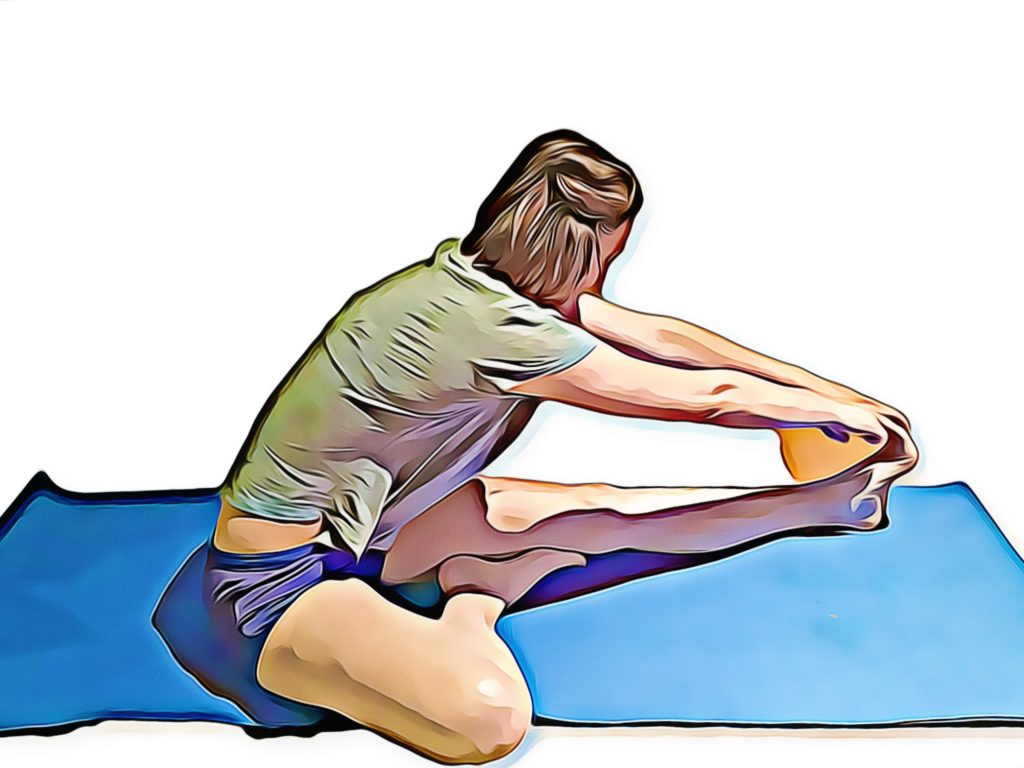
Nothing can ruin your enthusiasm for a new workout program faster than the pain and stiffness that sneaks up on you the day after. This delayed reaction from your muscles, known as DOMS or delayed onset muscle soreness, has affected almost all of us at one time or another. While there is no sure-fire cure or prevention for DOMS, here are a few tips to help reduce your symptoms next time you hit the gym
- Understand what it is.
DOMS is thought to be a result of micro tears in the muscle tissues during eccentric exercises in particular. While DOMS is not a sign of a serious injury and usually goes away on its own within 48 hours, it can be very uncomfortable and be a deterrent to continue exercising. It can also leave you at a higher risk of injury, and for athletes who are competing in a tournament and need to recover quickly, DOMS can be particularly problematic.
- Warm-up and cool-down.
By taking the time to let your muscles warm-up, your muscles can operate at maximum flexibility and reducing the tension on muscle tissues during exercise. A cool-down allows effective blood flow to muscles after exercise, so that any waste products such as lactic acid and calcium can flow back into the bloodstream rather than staying in the muscle tissues.
- Get a massage or use a foam roller
By massage tight and sensitive muscles, you can improve blood flow and promote tissue healing and reduce pain. Both massage and foam rolling can help to relax tight muscles and enhance tissue recovery in the first 24-48 hours.
- Stay hydrated.
Keeping hydrated allows your body to remove waste, stay flexible, and help tissues heal optimally. The trick is to maintain hydration throughout your day, not just when it’s time to exercise. It’s also essential not to wait until you are thirsty, as you could also already dehydrated at this point.
Other advice includes gentle exercise, such as 20 minutes on a stationary bike, and mild stretching. If you are particularly brave, ice baths have recently been shown to have mild benefits in pain reduction and ingesting caffeine before exercise has been shown to reduce DOMS, however it is important to consult your GP first to ensure this is a safe option for you.
